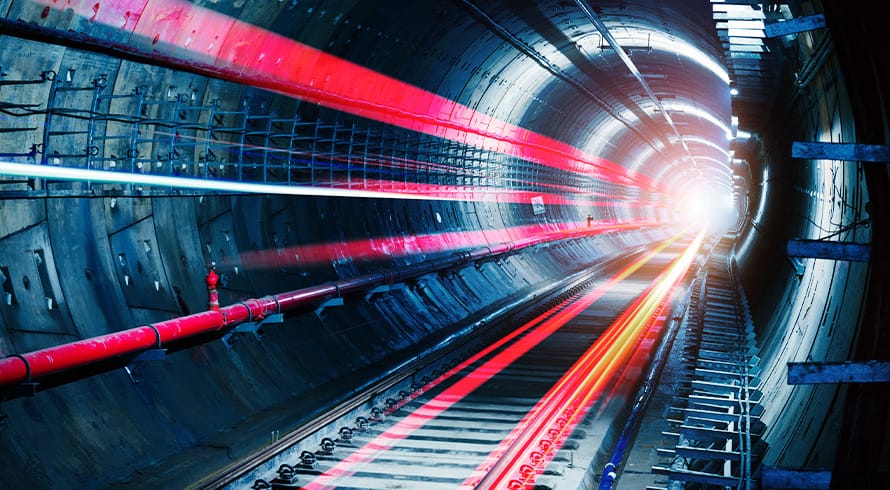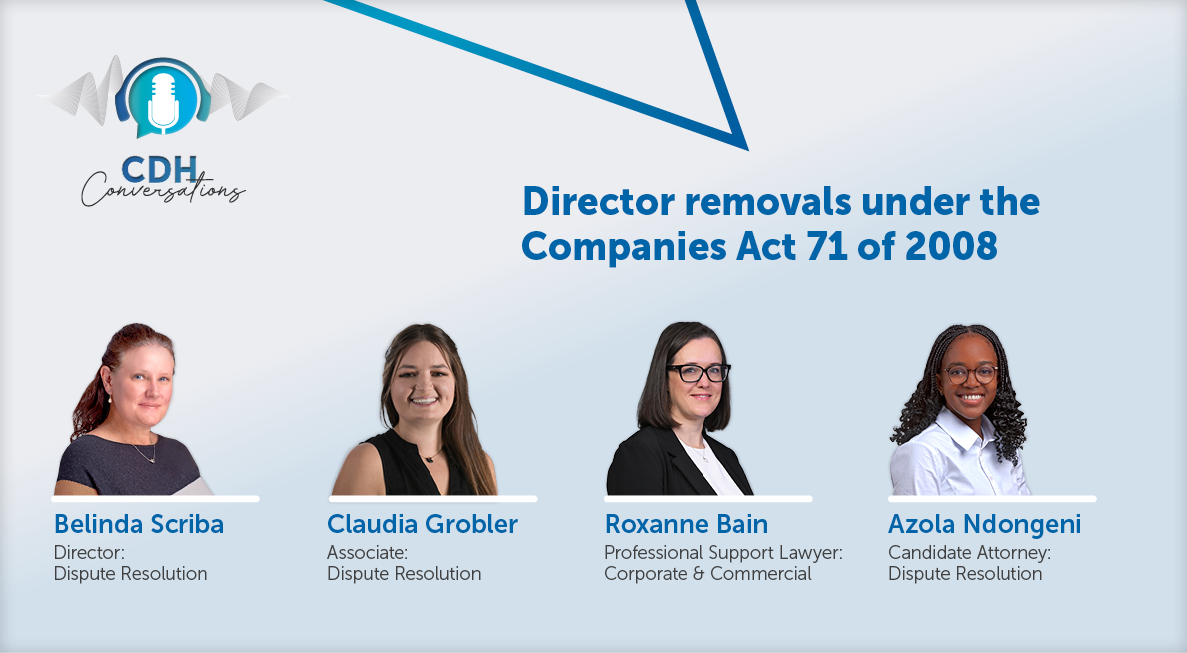What costs can taxpayers deduct in pursuance of installing solar energy systems?
The DoE further states that the annual 24-hour global solar radiation average is about 220 W/m2 for South Africa, compared with about 150 W/m2 for parts of the United States of America, and about 100 W/m2 for Europe and the United Kingdom. Given these statistics, South Africa is undoubtedly “resource rich” when it comes to the ability to exploit sunshine for energy purposes.
With this background, various tax “incentives” pertaining to renewable energy (including especially solar energy) have been introduced over the years. One of the key “incentives” provided for is set out in s12B(h) of the Income Tax Act, No 58 of 1962 (Act) which allows a taxpayer (ie a person subject to tax in terms of the Act) to claim a deduction on the costs incurred in respect of plant, machinery, implements and articles owned by it, that are first brought into use by that taxpayer in the course of its trade in the generation of electricity from various renewable energy resources (including specifically photovoltaic solar energy). Three of the critical requirements which need to be met in order to qualify for the s12B(h) deduction include:
- that the plant, machinery, implement, utensil or article is owned by the relevant taxpayer claiming the deduction (or purchased by it under an instalment credit agreement);
- that such plant and machinery is brought into use for the first time by that taxpayer; and
- that such plant and machinery is utilised by the taxpayer in the course of its trade in the generation of electricity from specific renewable energy resources.
In respect of photovoltaic solar energy of more than one megawatt, a taxpayer is allowed a deduction of the costs to the taxpayer of the asset producing the electricity on a 50/30/20 basis. In other words, one is allowed a 50% deduction of costs in the first year of use, 30% in the second year and the balance in the third year of use. Where the photovoltaic solar energy system produces less than one megawatt of power, then the taxpayer is allowed a 100% deduction in the first year of use.
One of the critical questions, however, pertains to what can be technically included as “costs” pursuant to the s12B(h) deduction. Section 12B(3) of the Act provides some guidance as follows:
For the purposes of this section the cost to a taxpayer of any asset acquired by that taxpayer shall be deemed to be the lesser of the actual cost to the taxpayer or the cost which a person would, if he or she had acquired the asset under a cash transaction concluded at arm’s length on the date on which the transaction for the acquisition of the asset was in fact concluded, have incurred in respect of the direct cost of acquisition of the asset, including the direct cost of the installation or erection thereof.
The costs, which can thus be deducted in terms of s12B(h), is the lesser of the actual cost to the taxpayer, or the costs incurred in respect of the acquisition of the relevant assets under a hypothetical “arm’s length” scenario. In a recent ruling issued by SARS on 11 October 2018, namely Binding Private Ruling 311 (Ruling), SARS was tasked with determining, amongst other things, the extent of the costs to be deducted pursuant to the installation of a specific solar energy system. While the taxpayer in the Ruling wished to deduct the usual costs incurred in respect of plant and machinery (and related equipment) required to erect the solar installation, the taxpayer also wished to deduct (as part of the cost of the installation of the solar system) the following related expenditure:
- installation planning costs;
- panels delivery costs;
- installation costs; and
- installation safety officer costs.
In this regard, SARS ruled, among other things, that the taxpayer would be entitled to claim deductions in respect of the direct costs of the installation and erection of each of the plants, consisting of the installation planning costs, panel delivery costs and the cost of the installation safety officer to be appointed, under s12B(3).
While taxpayers should be careful of blindly relying on binding private rulings issued by SARS as they are very fact and circumstances specific and are only binding between SARS and the specific taxpayer applicant, this particular Ruling is welcomed as it provides further clarification as to what costs can be included when claiming a s12B(h) renewable energy deduction.
The information and material published on this website is provided for general purposes only and does not constitute legal advice. We make every effort to ensure that the content is updated regularly and to offer the most current and accurate information. Please consult one of our lawyers on any specific legal problem or matter. We accept no responsibility for any loss or damage, whether direct or consequential, which may arise from reliance on the information contained in these pages. Please refer to our full terms and conditions. Copyright © 2025 Cliffe Dekker Hofmeyr. All rights reserved. For permission to reproduce an article or publication, please contact us cliffedekkerhofmeyr@cdhlegal.com.
Subscribe
We support our clients’ strategic and operational needs by offering innovative, integrated and high quality thought leadership. To stay up to date on the latest legal developments that may potentially impact your business, subscribe to our alerts, seminar and webinar invitations.
Subscribe




